Introduction
Face cubism is an intriguing art form that embraces the principles of cubism, a revolutionary movement in the early 20th century that shattered traditional notions of representation. With its emphasis on geometric shapes, multiple perspectives, and fragmented forms, cubism offers a unique and abstract lens through which artists can express themselves. In this article, we will delve into the world of face cubism, exploring its concepts, techniques, and the various ways to create captivating cubist portraits. We will also discuss how to transform a picture into a cubist masterpiece and provide abstract cubist portrait ideas to ignite your creative journey.
Understanding Cubism
Cubism, as an art movement, sought to depict subjects from multiple viewpoints, challenging the conventional methods of representation. It revolutionized the way we perceive art, encouraging artists to deconstruct and reassemble forms in a fragmented and abstract manner. Inspired by the works of Pablo Picasso and Georges Braque, cubism aimed to portray the essence of a subject by breaking it down into geometric shapes, such as cubes, spheres, and cones.
Three Types of Cubism
1. Analytical Cubism: This early phase of cubism focused on breaking down the subject into basic geometric forms, exploring multiple viewpoints simultaneously. Artists used monochromatic palettes and intricate detailing to depict objects from different angles, creating a complex and layered representation.
2. Synthetic Cubism: As a later development, synthetic cubism incorporated collage elements, utilizing various materials like newspaper clippings, fabric, and other found objects to create artworks. It shifted the focus towards simpler forms and brighter colors, allowing for more playful and experimental compositions.
3. Orphic Cubism: Orphic cubism, influenced by the works of Robert Delaunay, introduced vibrant colors and abstract elements into the cubist style. It emphasized the emotional and spiritual aspects of art, utilizing color and geometric shapes to evoke sensations and impressions rather than strictly representing the subject.
Exploring Cubism on the Face
1. Cubist Portraits: Cubist portraits offer a unique way to depict the human face, breaking it down into geometric shapes and planes. Begin by studying the subject's features and identifying their basic shapes, such as squares, triangles, and circles. Then, deconstruct the face and reconstruct it using these shapes, paying attention to the interplay of light and shadow.
2. Easy Cubism Art Drawing: To create an easy cubism art drawing, start by selecting a simple portrait photograph. Analyze the facial features and identify the prominent shapes. Use straight lines, angles, and overlapping forms to recreate the image, experimenting with different angles and perspectives.
3. Turning a Picture into Cubism: To transform a picture into a cubist masterpiece, follow these steps:
a. Break down the image into geometric shapes and identify the main forms.
b. Simplify the shapes by removing unnecessary details.
c. Experiment with overlapping and intersecting shapes to create a sense of depth and perspective.
d. Utilize a limited color palette or incorporate collage elements to add visual interest.
Abstract Cubist Portrait Ideas
1. Fragmented Identity: Explore the concept of identity through fragmented forms and overlapping shapes, representing the multifaceted nature of an individual's personality and experiences.
2. Distorted Perspectives: Emphasize the disintegration of traditional viewpoints by distorting facial features and manipulating proportions, offering a fresh and unconventional interpretation of the subject.
3. Emotional Expression: Use color, texture, and abstract shapes to convey emotions and inner states of being, capturing the essence of the subject beyond mere physical appearance.
Easy cubism art drawing and some Cubist portrait for your inspiration
Conclusion
Face cubism provides a captivating artistic journey that challenges traditional notions of representation and encourages the exploration of multiple viewpoints. By incorporating geometric shapes, fragmented forms, and a variety of techniques, artists can create compelling and thought-provoking cubist portraits. Whether you're a seasoned artist or a beginner, the world of face cubism offers endless opportunities for creative expression, allowing you to embark on an imaginative adventure that blurs the lines between reality and abstraction.

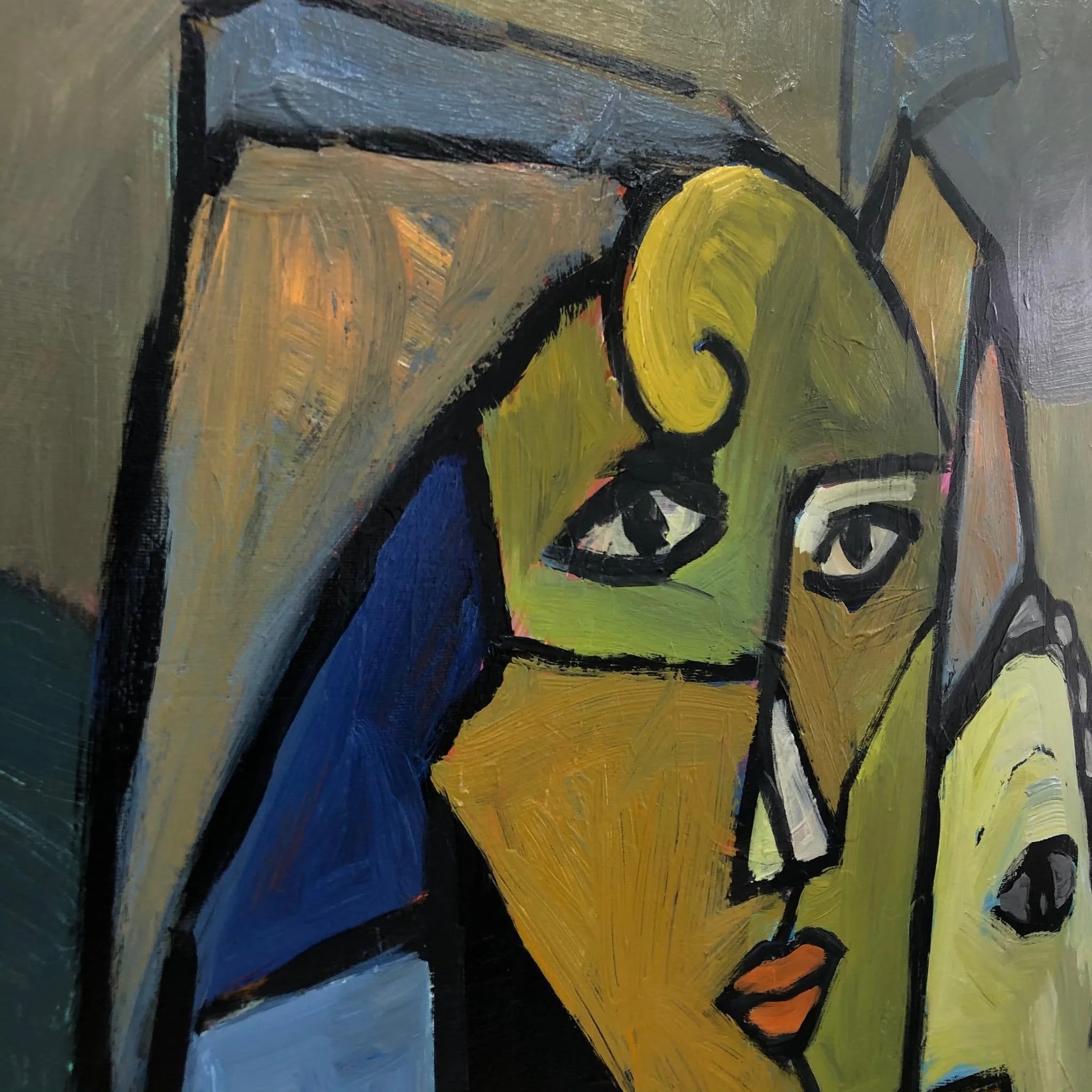
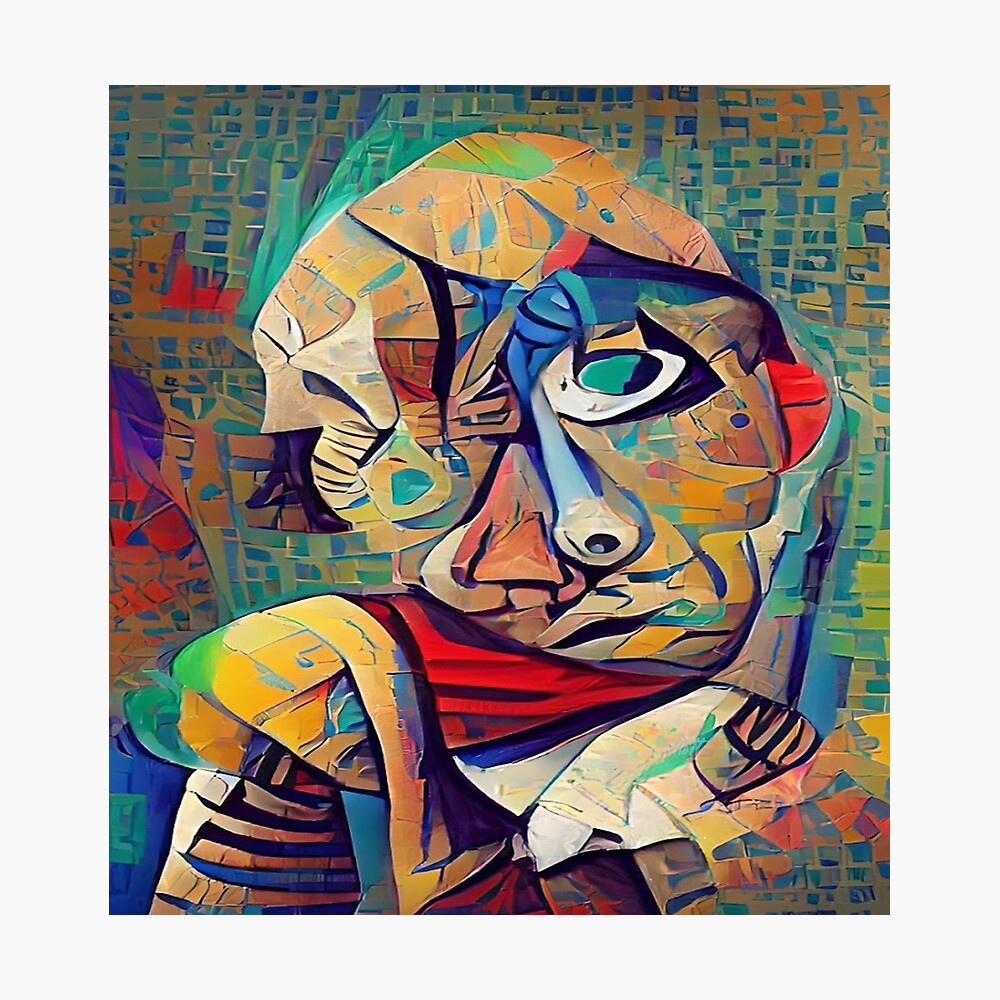

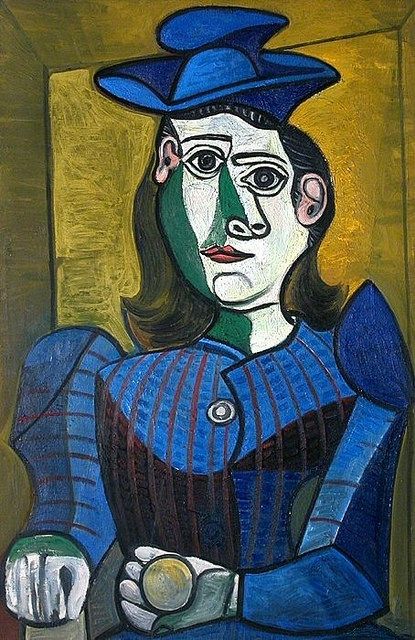

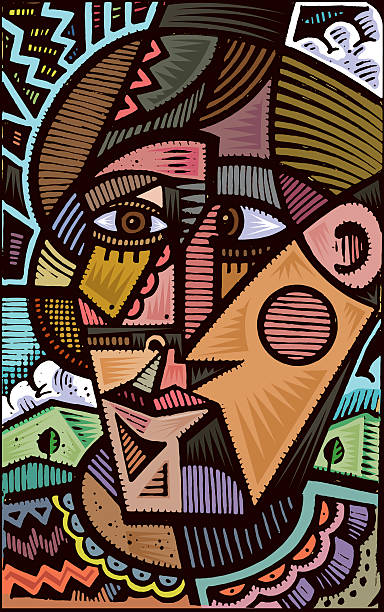
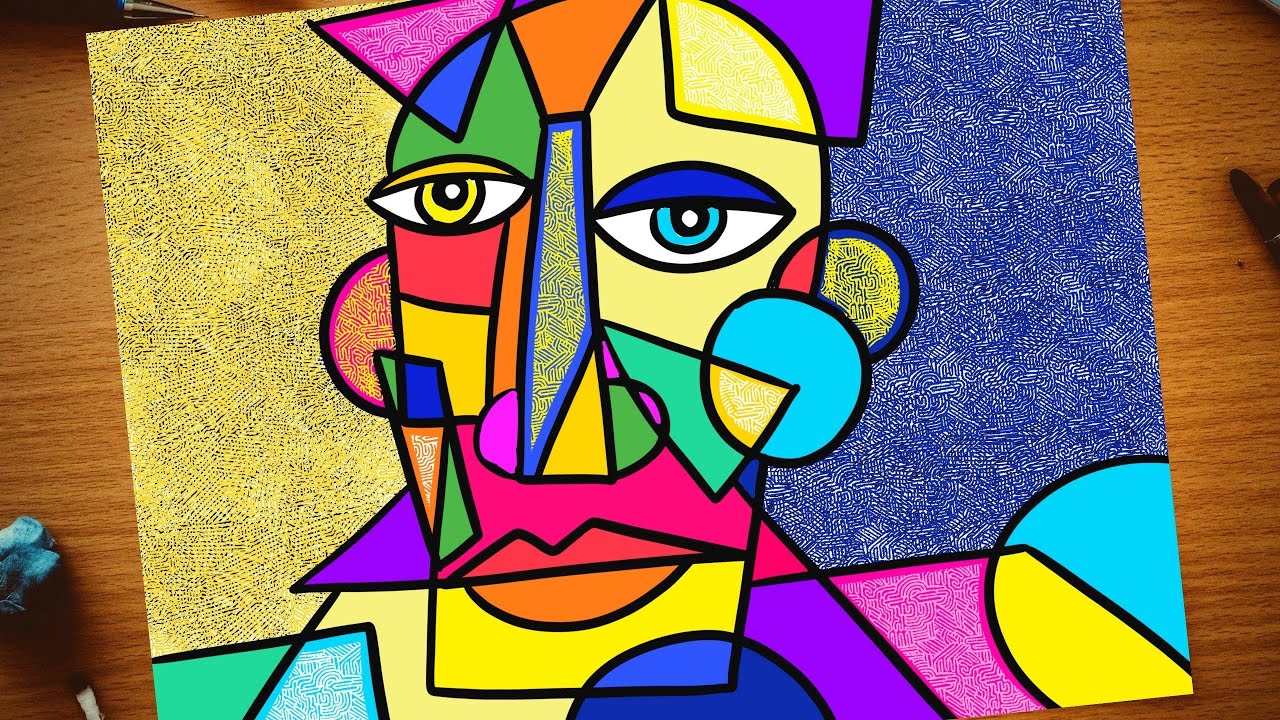



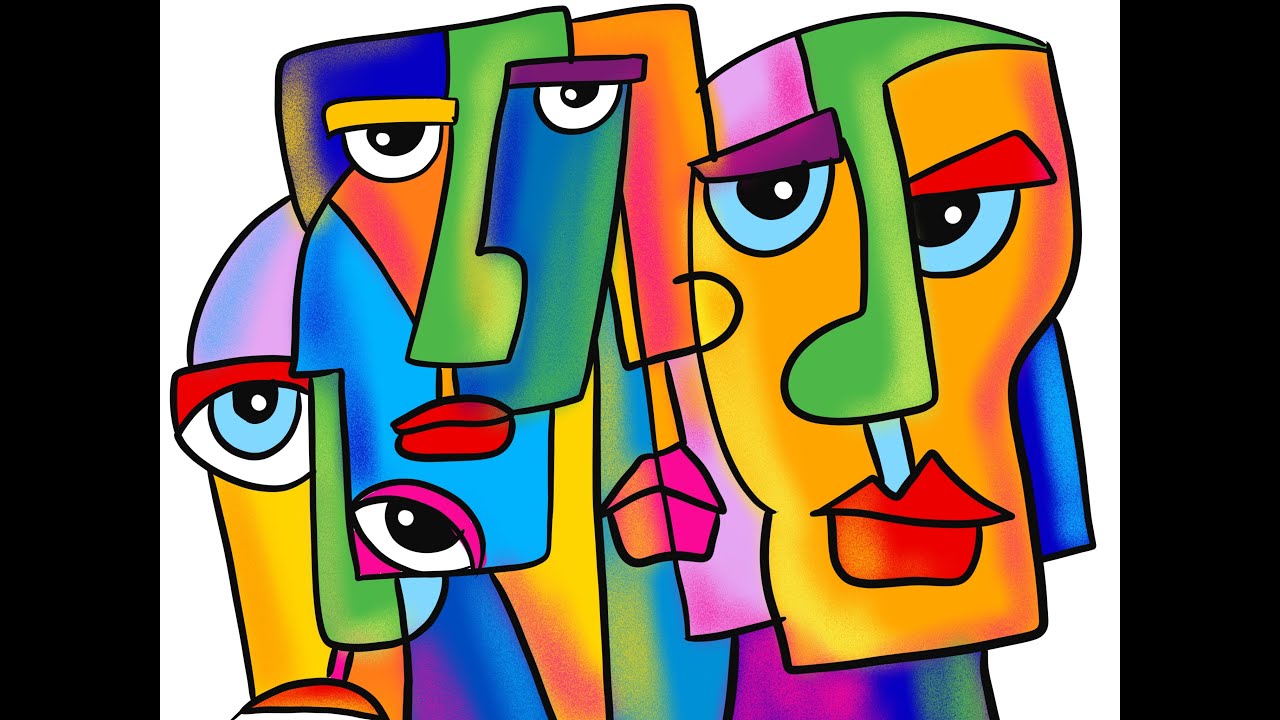





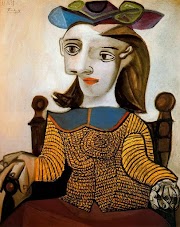















0 Comments